SUPERJUMP PVP: Party-Based JRPGs
Vitor Costa and Alex Anyfantis examine the pros and cons of Japanese RPGs with party-based narrative and gameplay
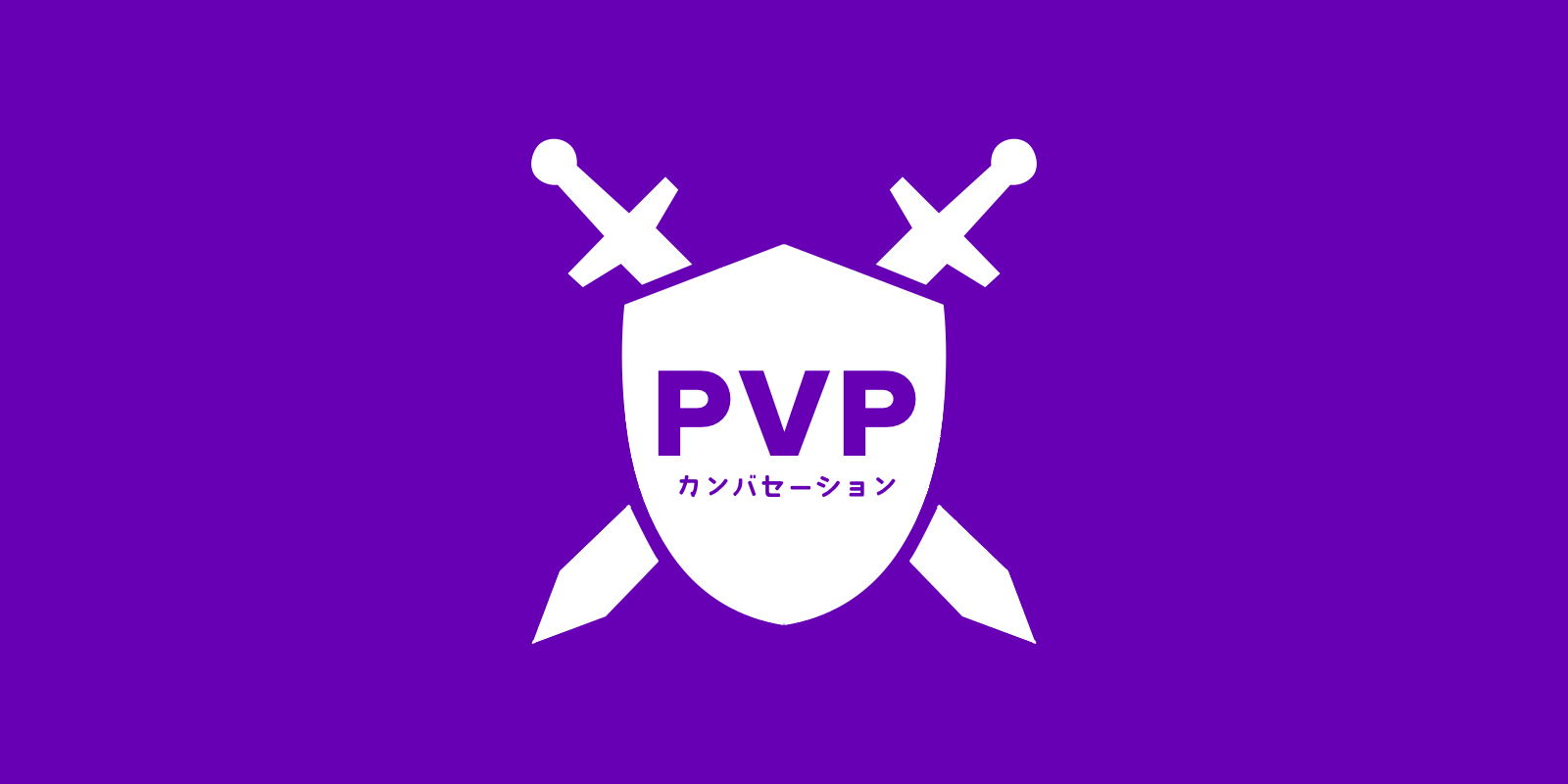
If we were to list the most recurrent features in RPG design, especially the Japanese ones, the party system would certainly be among them. This system is extremely popular among JRPG fans, but it is not unanimous, and today we are going to analyze some pros and cons of using it for gameplay and storytelling. Alex Anyfantis will argue for the "glass half full" on this subject, while Vitor Costa will analyze the "glass half empty".
Before we start looking at both sides of this story, we need to establish our terminology. The concept of "JRPG" can be defined in two ways:
- "RPG made by Japanese developers";
- "RPG with a very relevant set of typical design choices that go back to games like Dragon Quest and other classic RPGs on Japanese consoles from the 1980s and 1990s".
Note that the first proposed definition allows you to more easily include games like Dark Souls as a JRPG and that the second option allows you to include some RPGs made by Westerners as a JRPG. So that there is no misunderstanding, we will only refer to games that are at the intersection of these two definitions. That is, RPGs that were made by Japanese developers and that include this tradition of Dragon Quest and other classics from Famicom, Super Famicom, and PlayStation, at a time when these RPGs were often quite different from western computer RPGs (CRPG). The first Japanese RPGs in the 1980s were for computers, but their popularization on Japanese consoles started with games like Dragon Quest, and it is from that point on that it started to make sense to oppose JRPG vs. CRPG.
Finally, by "party-based JRPG" we mean a game that has a gameplay system that allows the player to directly or indirectly control different characters in a turn-based system (like the Fire Emblem series) or in a real-time system (like the Xenoblade Chronicles series).


From left to right: Fire Emblem Engage; Xenoblade Chronicles 3. Sources: RPGsite; tomsguide.
Party System: Glass Half Full
- Allow for greater depth in the main scenario, providing players with different perspectives on the same story.
- Party-based JRPGs tend to have a deeper battle system.
- Create and envelop the player in a sense of companionship.
Party-based JRPGs — in the full meaning of the term — are slowly becoming obsolete. Be it because of the technological requirements of the era we’re in or the success of today’s updated genres, it seems as though they’re not as popular as they used to be. And yet, once upon a time, they were all people could ever talk about.
And how couldn’t they be? With the success of the Squaresoft franchises and great titles such as Persona, Xenogears, and even Pokemon following close behind, JRPGs were all the craze of the gaming industry. That success was mainly due to certain factors that gave developers the chance to create their games in such a way that they could provide the best possible adventure for their audiences with the technology they had at the time.



From left to right: Persona 3 Portable (remaster); Xenogears; Pokémon Blue.
The initial of these factors was the scope that they could give to party-based JRPGs. Considering the fact that these games usually featured multiple playable characters (most of the time it was one main character and a bunch of side characters), developers could create a huge story, full of intricacies and subplots that intertwined with each other to reach a massive scale. Even if the focus of the story was on a single character, the rest of the party could also share the limelight through minor stories that connect to the main scenario.
While I can think of multiple examples, there are none that did this better than Final Fantasy VII. Cloud Strife is undoubtedly the star of the show. However, Squaresoft created several other playable characters alongside him, who were fully controllable and customizable. Some were even hidden, giving players the motivation to go the extra mile to discover them. Yet they were all uniquely designed, they all had stories to tell and everything was connected to what was happening to Cloud and the world around him.




Final Fantasy VII. Sources: finalfantasy.fandom; IGN Brasil; VGKAMI; Critical Hits.
Another reason behind the popularity of party-based JRPGs is the many customization options they give to players. Single-player games can only go so far but when it comes to JRPGs, it’s all about being prepared for what comes next. So a great number of these JRPGs provided players with as many customization options as possible, and players reveled in it.
I feel like I’m using the same example again but I think that Final Fantasy VIII did this in a great way, despite the heavy criticism that it cops even to this day. The Junction system gave players a unique and modern way to utilize all the magic they had amassed up until that moment and made it almost essential to go out and hunt for both new magic, abilities, and Guardian Forces (commonly known as Summons.) It was a system that could very easily turn any battle in the player’s favor, provided they had the necessary tools to do so.
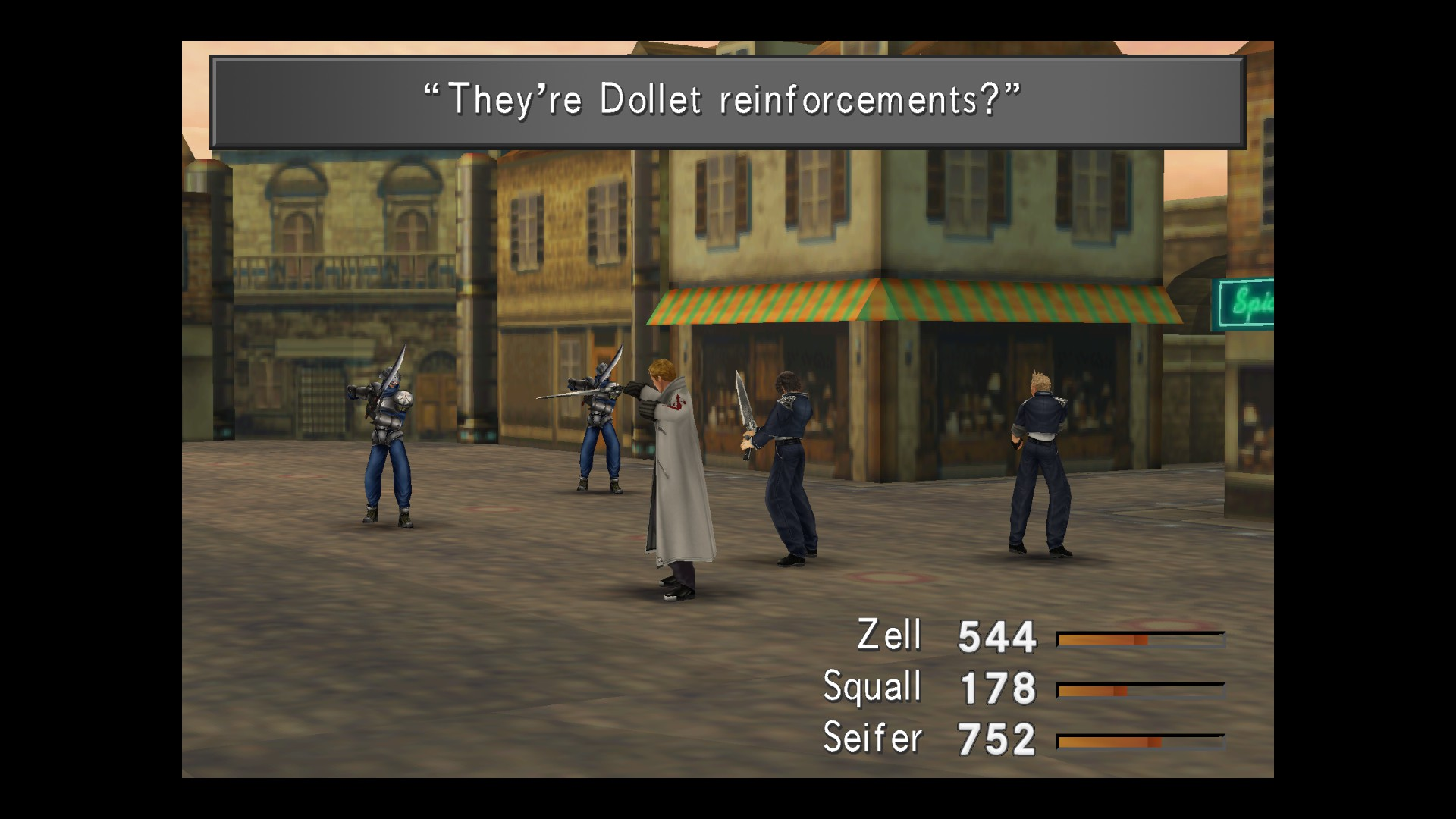
Finally, and this is one of the strongest selling points of party-based JRPGs, is that they made players feel as if they were a part of something. Something greater. Admittedly, that sense was false and extremely short-lived, but it was still nice to have around. A single-player game cannot allow a character to show the full extent of their nature. But in a group, where there might even be light-hearted moments, players really get to know all the different aspects of these made-up beings and could even become somewhat attached to them. And once all is said and done and it’s time to put down the controller, it would leave them with a sense of sadness. A sense that they’re leaving behind a group of friends.
Many JRPGs of the old days (late 90s-early '00s) were really good at making us feel as if we were part of their group. However, the one group we really had a hard time saying goodbye to was from a more recent title: Persona 5. The Atlus team created a world in which we were given such a huge number of choices that it literally felt like we were a part of an anime world. Combine that with the fact that we had a silent protagonist and an immense amount of dialogue by all the side characters/antagonists and you have the ideal combo for player immersion. Seriously, there were times when I’d catch myself yelling at Ryuji for all the stupid things he’d do or Morgana for telling me to go to bed all the time when I could be making much better use of my time!
Admittedly, JRPGs had their flaws. There were many things they couldn’t do. That’s why game developers eventually began to move away from the genre, albeit not entirely, borrowing a few elements from it and combining them with other games to create new types of titles (action-RPG, etc.) But, for as long as they stuck around, JRPGs were a real blast!

Party System: Glass Half Empty
- Level design for a single character increases immersion in the protagonist;
- Following a story from the perspective of a single character favors stories focusing on introspective psychological concepts;
- In a real-time system, single-character gameplay tends to be more controlled and intuitive.
When I look back on the first Dragon Quest (1986) today, I see that there is something special about having a single playable character, unlike all the other numbered games in this franchise. The player feels himself as the hero of this story and this fits perfectly with the first-person view during turn-based battles. Following this idea, I think RPGs with a single playable character offer greater immersion in the protagonist.
In Parasite Eve (1998), this design choice was very appropriate for an atmosphere of loneliness, suspense, and horror. Another good example is Kingdom Hearts 358/2 Days (2009). In this game, you only play with Roxas, but you can count on non-playable allies in several missions. This makes you feel like part of Organization XIII, albeit having the constant experience that the story is not about that Organization, but about Roxas.
Still, at this point, it is possible to create interesting experiences by switching different playable characters, but one at a time. Immersing yourself in one playable character at a time in a larger story can make for a fractured experience with different perspectives on the same events or at least the same world. This idea is especially notable in NieR:Automata (2017), where you alternate between three protagonists (2B, 9S and A2) and manage to immerse yourself deeply in the perspective of each one of them in a progression of routes that complement and overlap each other.




From left to right and top to bottom: Dragon Quest, Parasite Eve, Kingdom Hearts 358/2 Days and NieR:Automata.
A second interesting point, which is an effect of the previous point, is the potential of gameplay with a single playable character to address introspective psychological experiences, such as the possibility that the character is being deceived by another or the possibility of confusing what is real with what is imaginary (or even a dream). Unfortunately, this potential is underdeveloped in JRPGs, but many games from other genres make use of this potential, such as Hellblade: Senua's Sacrifice (2017), which has a protagonist with schizophrenia.
Vagrant Story (2000), one of my favorite games, is one of the few JRPGs that explores this introspective psychological potential with a unique playable character. The narrative experience of this game is intrinsically related to the limitation of playing only with Ashley Riot. This character frequently interacts with Sydney Losstarot, who talks about his past, but Ashley is never sure if he is being deceived by Sydney or if he is telling the truth.
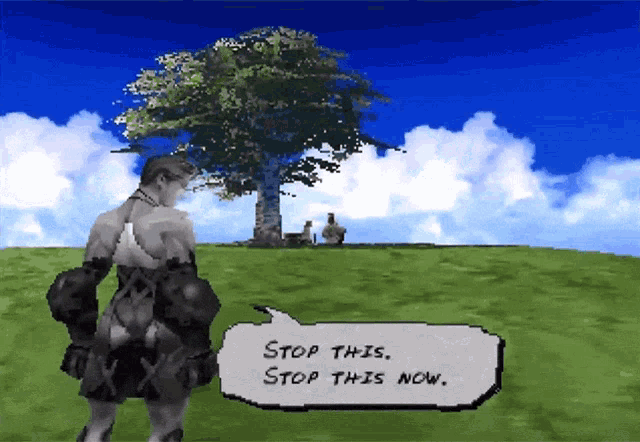
Finally, I see gameplay with a single playable character being especially interesting for games with a real-time system, as it gives the player full and direct control of the gameplay in real-time, without relying on AI. In a real-time system, you can only control one character at a time. In fact, there are JRPGs that allow you to configure the AI algorithm of your party members, like Final Fantasy XII (2006), but this still only gives you indirect and partial control of these characters. Therefore, party-based action-JRPGs often have a less intuitive system for controlling characters and allow your characters to do actions you wouldn't want.
I think many Japanese MMORPGs are good examples of real-time action JRPGs that benefit from single-player character gameplay. Anyone who plays Final Fantasy XIV knows that the experience of playing with other players in a party is very different from playing with AI-controlled characters. Also, imagine relying on AI for PVP or a dynamic boss battle? The player can easily lose or win a battle not only because of his skills but because of the AI and factors and circumstances that are beyond his control.
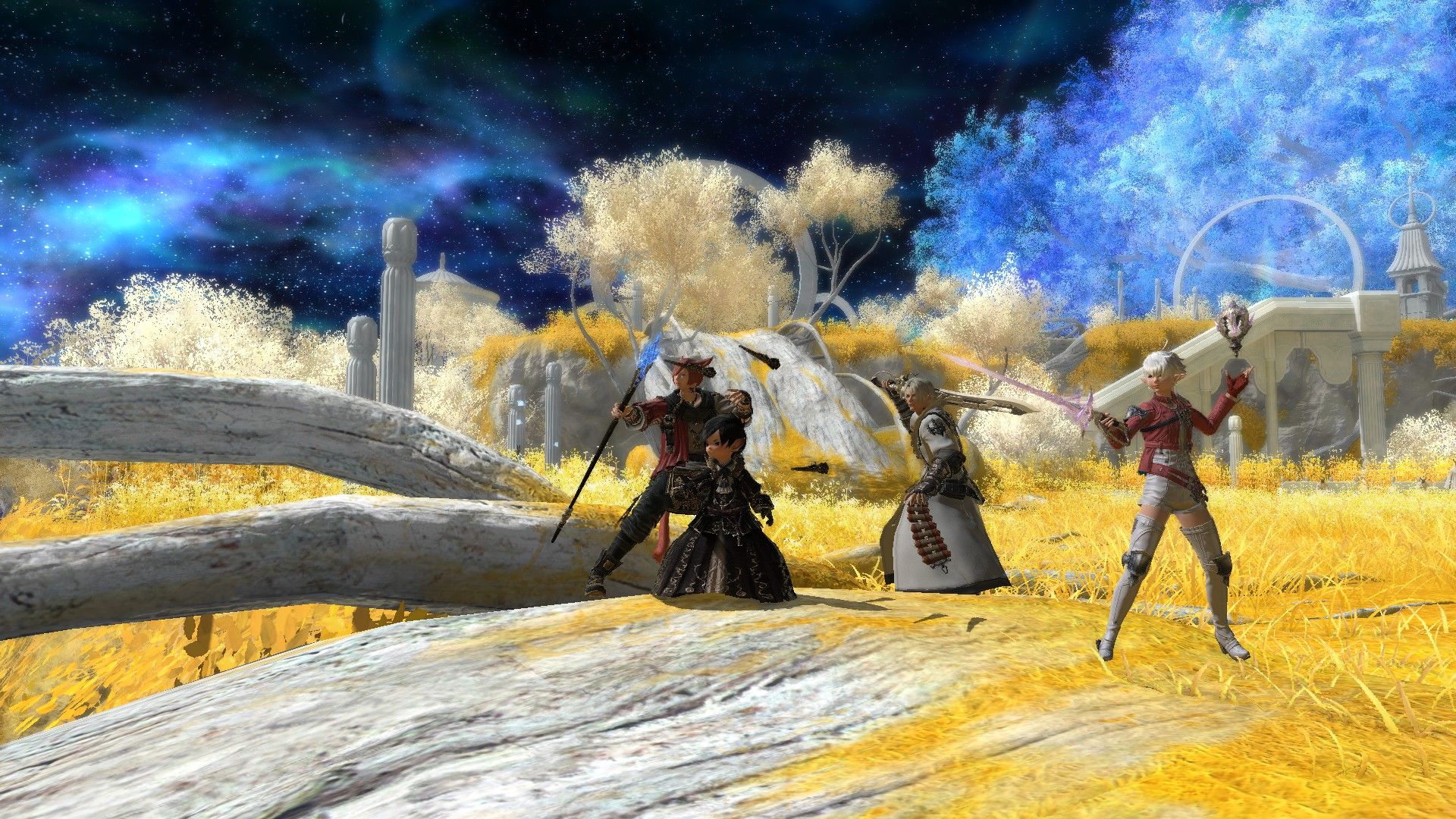
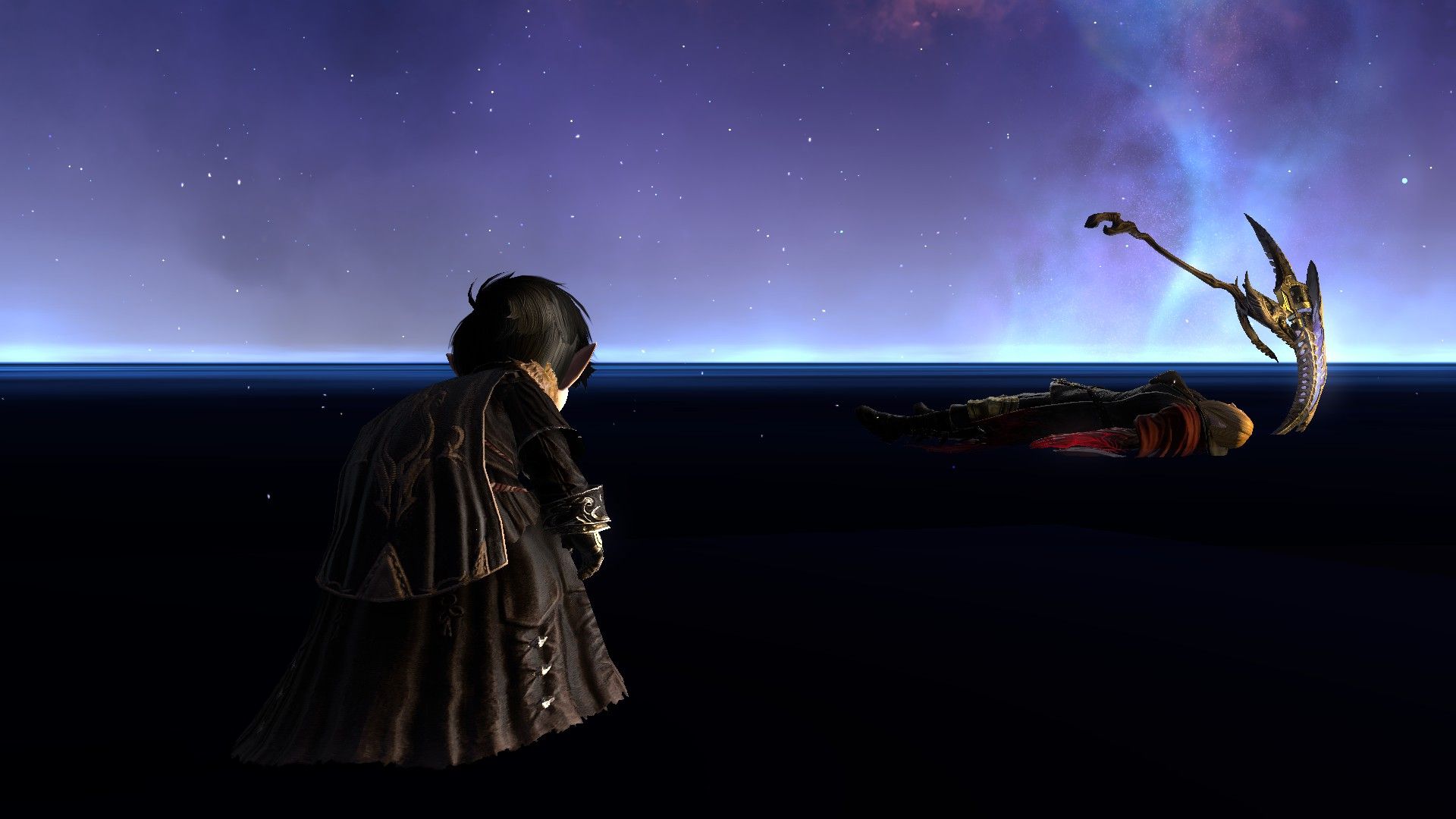
Final Fantasy XIV: Endwalker. Source: Author.
This is the first episode of the SUPERJUMP PVP series in which our team joins forces to think about the positive and negative aspects of game design choices. Please share with us in the comments below what you think about party-based JRPGs.
